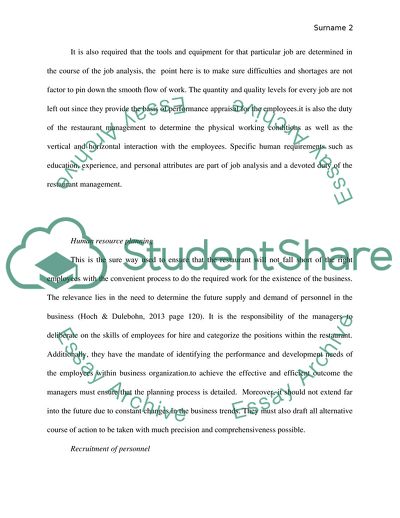Cite this document
(Human resource management for service industries Assignment - 1, n.d.)
Human resource management for service industries Assignment - 1. https://studentshare.org/human-resources/1855041-human-resource-management-for-service-industries
Human resource management for service industries Assignment - 1. https://studentshare.org/human-resources/1855041-human-resource-management-for-service-industries
(Human Resource Management for Service Industries Assignment - 1)
Human Resource Management for Service Industries Assignment - 1. https://studentshare.org/human-resources/1855041-human-resource-management-for-service-industries.
Human Resource Management for Service Industries Assignment - 1. https://studentshare.org/human-resources/1855041-human-resource-management-for-service-industries.
“Human Resource Management for Service Industries Assignment - 1”. https://studentshare.org/human-resources/1855041-human-resource-management-for-service-industries.


